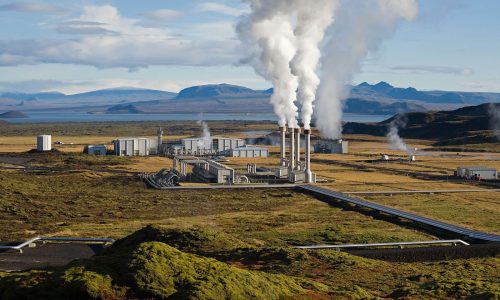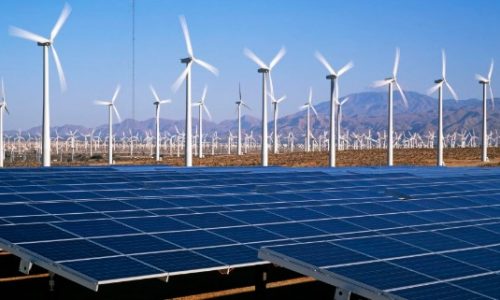Directorate General of New, Renewable Energy, and Energy Conservation (EBTKE) at the Ministry of Energy and Mineral Resources (ESDM) reveals that the Batang Toru Hydroelectric Power Plant (PLTA) in South Tapanuli, slated to provide clean energy to North Sumatra, is projected to begin operation in the first half of 2026, ahead of the initial Power Purchase Agreement (PPA) target of December 31, 2026.
Eniya Listiani Dewi, Director General of EBTKE at the ESDM ministry, cited the project’s progress as the driving factor behind the potential acceleration.
“Based on current field progress, there is the potential to expedite the Commercial Operations Date (COD) of the Batang Toru PLTA to the first semester of 2026,” Eniya said on Thursday, August 15, 2024.
By July 2024, construction progress had reached 63.95 percent, surpassing the target of 63.93 percent.
The Batang Toru PLTA, which represents a significant investment of US$1.67 billion (Rp26.2 trillion), is expected to have a substantial impact on the local community, particularly by providing clean, renewable energy to the Northern Sumatra region.
“This hydroelectric plant offers a sustainable energy source, reducing reliance on fossil fuels and lowering greenhouse gas emissions,” Eniya said.
In addition to its environmental benefits, the Batang Toru PLTA also contributes to the local economy by creating job opportunities during both the construction and operational phases.
The project, developed by PT North Sumatera Hydro Energy (NSHE), has also facilitated community development through various Corporate Social Responsibility (CSR) initiatives, benefiting nearby residents.
With a capacity of 510 Megawatts (MW), the Batang Toru PLTA will occupy a 122-hectare site and is expected to save up to US$383 million (Rp5 trillion) annually in fuel costs.
The electricity generated by the plant will be distributed through State electricity compamny PT PLN’s 275 kV transmission network.
The Batang Toru PLTA is anticipated to significantly improve the electrification ratio in South Tapanuli, currently at 82.32 percent, and is projected to support approximately 15 percent of North Sumatra’s peak electricity demand.
This project marks a critical step in Indonesia’s efforts to expand its renewable energy infrastructure and reduce its carbon footprint.









